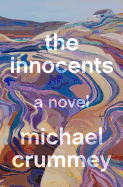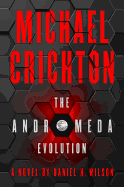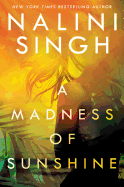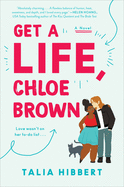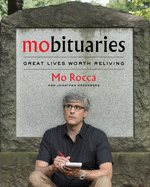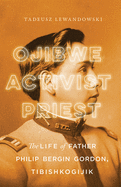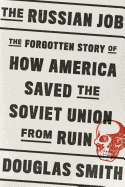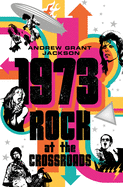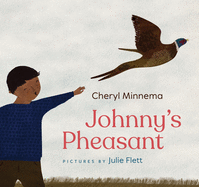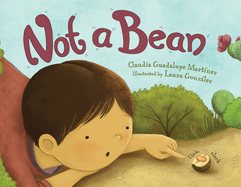 |
| photo: Sharyn Barratt |
Born in Fiji and raised in New Zealand, Nalini Singh is a prolific author of paranormal and romance novels. In Singh's first suspense/thriller, A Madness of Sunshine (Berkley, $27; reviewed below), a gifted pianist returns to her childhood home on the beautiful coast of New Zealand, seeking respite from the outside world. Instead she finds a murdered young woman, old friends keeping secrets and a dangerous predator threatening the small, isolated community. Singh lives and works in New Zealand.
The setting for A Madness of Sunshine in remote coastal New Zealand is riveting and unusual. Did you choose the area because it fit your story, or did you choose the setting first and the story details evolved from the setting?
The first time I traveled through New Zealand's West Coast, I was struck both by its stark beauty and the danger inherent in it. Those images stayed with me in the months and years afterward, and each time I ventured onto that coast, I fell in love with it all over again.
So perhaps the setting came first, or perhaps once the story idea sparked, I already knew where it had to be set. I can't tell you for certain, but I do know that Madness was never going to be set anywhere else. From the very first line, I knew it would take place in a small town hanging on the edge of our most tumultuous coastline.
A suspense novel is a departure from your well-known paranormal and romance genre fiction. What drew you to write a suspense story?
Along with romance and SF, I'm a big suspense and thriller reader, and so are some of my writer friends. One day, we were sitting around chatting about our love of Nordic noir when we began to discuss how New Zealand has so many similarities to Nordic countries--the primal landscapes, the winter darkness, the way the land is so sparsely populated.
That conversation got me thinking, and when the story idea came to me, I just went with it. I didn't know what it would turn out to be, but it became clear very quickly that this was a suspense/thriller.
I loved writing A Madness of Sunshine, and I definitely plan to do more in this genre. I still love writing romance, but it's also nice to stretch myself and try new types of stories. I think the challenge of attempting something new to me, and the discovery process involved, makes me a better writer overall.
You've had a variety of careers, including teacher, lawyer, and librarian. Has your work in many different fields better prepared you to be a writer?
I believe that everything in my life feeds into my writing in some way or another. Having worked in multiple fields, including a stint working in a country where I had to speak a whole different language, has meant that I've met a wide variety of people.
I've been exposed to different ways of thinking and different cultural norms, and that I think has helped me create characters who have depth and agency. Life has also taught me that people can surprise us in myriad ways; no one is static or one-dimensional, and I try to bring that to my characters.
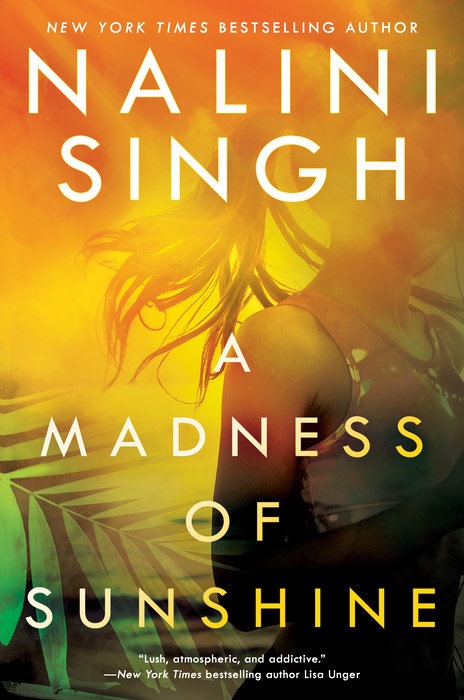 You're a prolific writer, with multiple ongoing series. Can you tell us a bit about your writing process? What sort of research did you do to write about psychopathy and predators?
You're a prolific writer, with multiple ongoing series. Can you tell us a bit about your writing process? What sort of research did you do to write about psychopathy and predators?
Writing speed is very individual, and I've optimized my writing strategies over the years.
What I mean by optimizing are simple things such as putting my cell phone out of the room when I'm writing and switching off the wi-fi. It's amazing how much I can get done in a concentrated block of time if there are no interruptions. And that block is usually only 30 to 45 minutes at a time, mostly so I remember to move around before the next block.
The other thing that's led to my current speed is that, for a long time, I wrote around other things. First, my studies, then my work in law. Writing time was very precious, so I got used to just putting my head down and writing. If all I had was 15 minutes, those 15 minutes were spent on the story.
Regarding research--I do my own research because it's much easier for me to work the information into the story if I'm the one who has learned that info. Also, I often don't know that specific details will be useful until I'm researching and come across something. I wouldn't want to lose that organic aspect of things by using a research assistant.
As for psychopaths, I've actually done extensive research on them over the years, because my paranormal romance series features a race with no emotions. In such a race, it's possible that psychopaths will actually rise to the top (and even be feted for their lack of empathy). So it wasn't a new subject to me, though I did also do some specific research to flesh out these particular characters.
The supporting cast of characters in A Madness of Sunshine are all well-developed and intriguing. Will we see future novels featuring any of them?
I wrote A Madness of Sunshine as a standalone and I think I'll stick with that. I'm a series writer by nature, but for my thrillers, I like exploring whole new microcosms of society. This time it was Golden Cove. The next time will be a place entirely different, but it will once again feature New Zealand's stunning and dangerous landscape. --Lois Faye Dyer, writer and reviewer
Nalini Singh: Murder on the Edge of the World
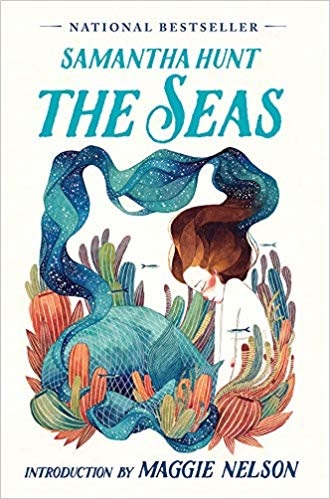 The world of Samantha Hunt's first novel, The Seas, is dark, alcohol-soaked, a bit haunted and, at many points, indistinguishable from the ocean. The protagonist, an unnamed 19-year-old, might be a mermaid, or she might be insane. She is in love with an alcoholic veteran named Jude, more than a decade older than she. They live in a secluded fishing community, where the ocean acts as a sort of draconian security force, keeping them trapped. Like all of Hunt's books, The Seas (Tin House, $15.95) moves seamlessly between reality and hallucination, transforming human bodies into strange creatures, externalizing turbulent internal forces.
The world of Samantha Hunt's first novel, The Seas, is dark, alcohol-soaked, a bit haunted and, at many points, indistinguishable from the ocean. The protagonist, an unnamed 19-year-old, might be a mermaid, or she might be insane. She is in love with an alcoholic veteran named Jude, more than a decade older than she. They live in a secluded fishing community, where the ocean acts as a sort of draconian security force, keeping them trapped. Like all of Hunt's books, The Seas (Tin House, $15.95) moves seamlessly between reality and hallucination, transforming human bodies into strange creatures, externalizing turbulent internal forces.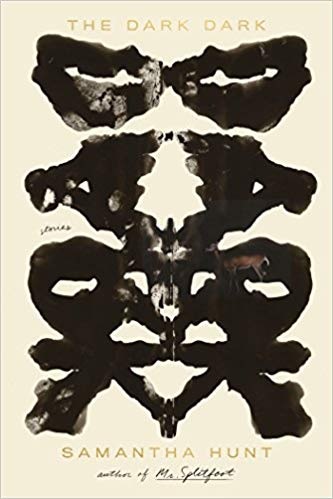 In The Seas, this force is the desire the protagonist has for Jude: it invades and distorts her body into an inhuman shape, that of a mermaid. In Hunt's short story "Beast" from her collection The Dark Dark (FSG, $15), a guilty wife sprouts antlers and grows hooves each night while she sleeps. In Hunt's Mr. Splitfoot (Mariner, $16.99), some people turn into shrieking mediums, some are disfigured by chemicals, and one, a woman named Cora, becomes pregnant, a kind of transformation that is not often the stuff of gothic fiction or horror, but is profound nonetheless.
In The Seas, this force is the desire the protagonist has for Jude: it invades and distorts her body into an inhuman shape, that of a mermaid. In Hunt's short story "Beast" from her collection The Dark Dark (FSG, $15), a guilty wife sprouts antlers and grows hooves each night while she sleeps. In Hunt's Mr. Splitfoot (Mariner, $16.99), some people turn into shrieking mediums, some are disfigured by chemicals, and one, a woman named Cora, becomes pregnant, a kind of transformation that is not often the stuff of gothic fiction or horror, but is profound nonetheless.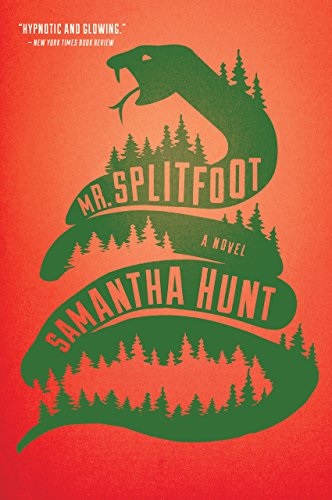 As central as these metaphors are to her writing, Hunt emphasizes the humanity, the corporeality of the body. Cora describes the "locked door in [her] stomach" and the "lung-tissue, tiny see-through fingers, hair fine enough to spin webs." The Seas' protagonist experiences her love for Jude through all of her senses: she talks about wishing to drink his sweat, taste the inside of his ears, swallow a piece of his flesh. Hunt discusses the ways that desire often, by some osmotic force, encourages people to take on the mannerisms and habits of their loved ones, to adopt an entirely new body logic. In a canon that is as haunted as it is beautiful, Hunt makes clear just how volatile and extraordinary the human body is. --Emma Levy, publishing assistant, Shelf Awareness
As central as these metaphors are to her writing, Hunt emphasizes the humanity, the corporeality of the body. Cora describes the "locked door in [her] stomach" and the "lung-tissue, tiny see-through fingers, hair fine enough to spin webs." The Seas' protagonist experiences her love for Jude through all of her senses: she talks about wishing to drink his sweat, taste the inside of his ears, swallow a piece of his flesh. Hunt discusses the ways that desire often, by some osmotic force, encourages people to take on the mannerisms and habits of their loved ones, to adopt an entirely new body logic. In a canon that is as haunted as it is beautiful, Hunt makes clear just how volatile and extraordinary the human body is. --Emma Levy, publishing assistant, Shelf Awareness



 You're a prolific writer, with multiple ongoing series. Can you tell us a bit about your writing process? What sort of research did you do to write about psychopathy and predators?
You're a prolific writer, with multiple ongoing series. Can you tell us a bit about your writing process? What sort of research did you do to write about psychopathy and predators? 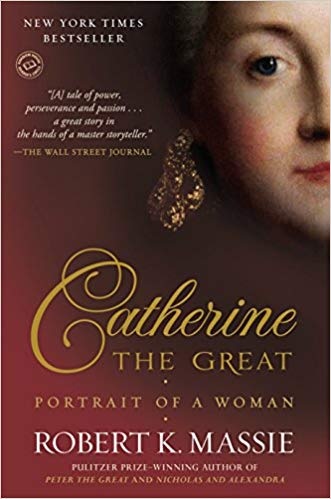 Historian
Historian 